Is this a fire hazard??
fandlil
14 years ago
Related Stories
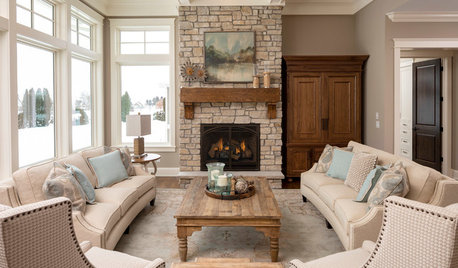
HOLIDAYSSimple Pleasures: Savoring the Season of Warmth and Light
Light up your home and lift your spirits on cold winter days with these decorative touches
Full Story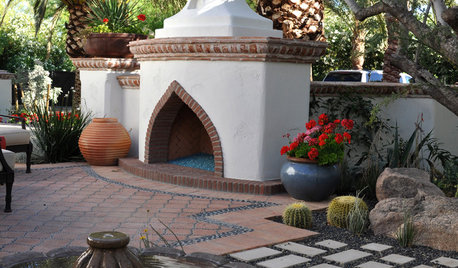
GARDENING GUIDESCreate a Fire-Safe Garden — With Style
Defend your home against wildfire with a well-planned mix of plants, materials and open space
Full Story
FIREPLACESUpdated Woodstoves Keep Home Fires Burning
Better technology means more efficiency than ever for modern woodstoves
Full Story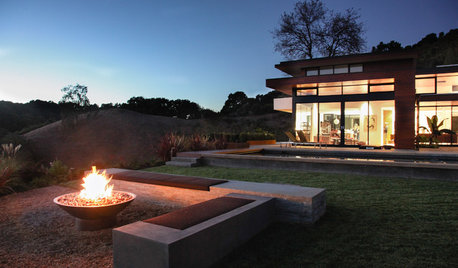
GARDENING AND LANDSCAPINGEco-Friendly Fire Pits: Casting Backyard Campfires in a New Light
Wood burning may be discouraged — even illegal in places — but that needn't mean forsaking the fire pit. Try one of these alternatives
Full Story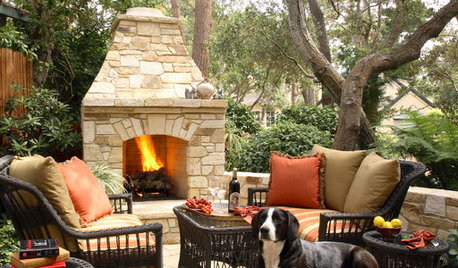
PATIOSSpring Patio Fix-Ups: Install an Outdoor Fireplace or Fire Pit
Make your yard the place to be by adding a fire feature that draws a crowd
Full Story
PATIO OF THE WEEKWater and Fire Mingle in a Canadian Front Yard
If the illuminated moat winding through this Ontario patio doesn't dazzle you, the 8-foot-wide fireplace will
Full Story
PETSPet-Proofing Your Home: A Room-by-Room Guide
Not all pet dangers are obvious. Keep furry friends safe and sound by handling all of these potential hazards
Full Story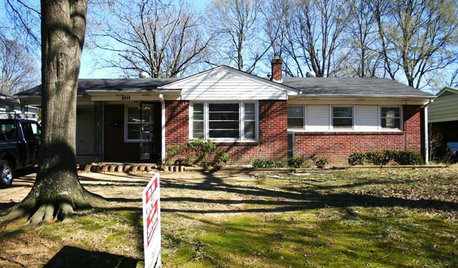
REMODELING GUIDES5 Ways to Protect Yourself When Buying a Fixer-Upper
Hidden hazards can derail your dream of scoring a great deal. Before you plunk down any cash, sit down with this
Full Story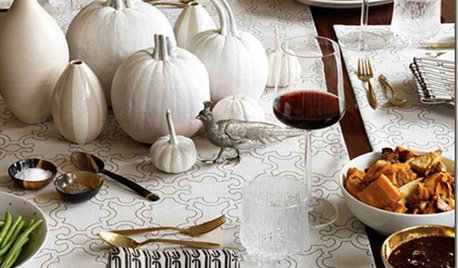
LIFEHow to Keep Your Pets Safe During the Holidays
To avoid an unwanted trip to the vet, be aware of these holiday-related hazards for dogs and cats
Full Story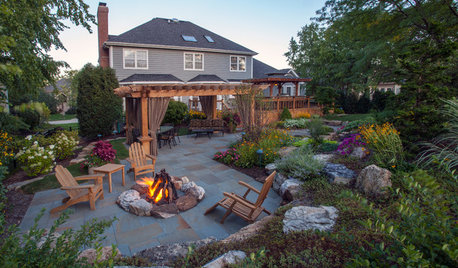
GARDENING AND LANDSCAPING3 Ways to Bring the Heat to Outdoor Living Spaces
Here’s what to know about surviving winter’s bite with an outdoor fireplace, fire pit or heat lamp
Full Story





restoreguy
solargary
Related Professionals
Bel Air Solar Energy Systems · Freeport Solar Energy Systems · Hemet Solar Energy Systems · Lake Mary Solar Energy Systems · West Jordan Solar Energy Systems · Mililani Town Design-Build Firms · Oak Hills Design-Build Firms · Pacific Grove Design-Build Firms · Griffith Home Builders · Lodi Home Builders · Odenton Home Builders · Georgetown Roofing & Gutters · Holland Roofing & Gutters · New Lenox Roofing & Gutters · Fitchburg Roofing & GuttersfandlilOriginal Author